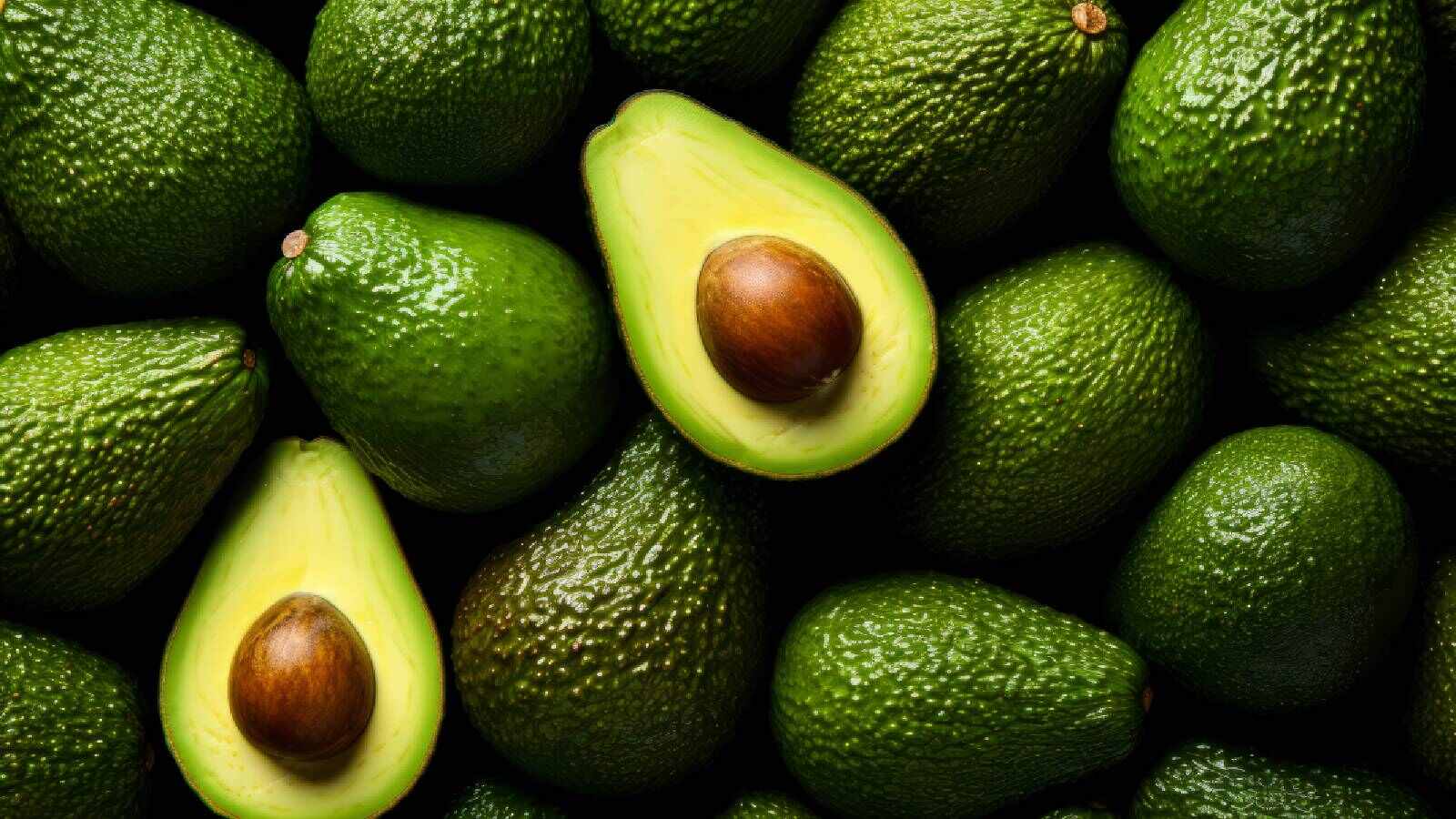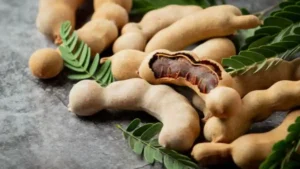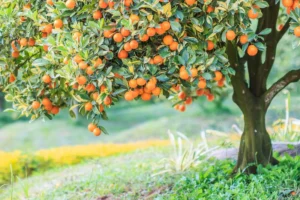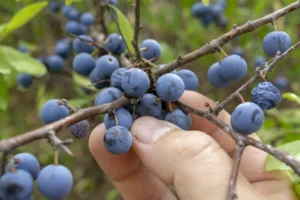How to Grow and Care for Avocados: A Complete Guide
Avocados have become a staple in American kitchens, with consumption skyrocketing over the past decade. Whether you spread it on toast, blend it into smoothies, or make fresh guacamole, avocados add creamy texture and nutritional benefits to countless dishes. But did you know you can grow your own avocado tree at home? This guide will walk you through everything you need to know about growing and caring for avocados in various settings.
Understanding Avocados
Native to Central America and Mexico, avocados (Persea americana) have found a comfortable home in parts of the United States, particularly California, Florida, Hawaii, and Texas. According to the USDA Agricultural Research Service, avocados belong to the Lauraceae family and thrive in subtropical and tropical climates.
Popular Avocado Varieties in the US Market
Before starting your avocado growing journey, it’s important to understand the varieties that perform best in the US climate:
| Variety | Climate Preference | Fruit Size | Harvest Season | Cold Tolerance |
|---|---|---|---|---|
| Hass | Subtropical | Medium (5-12 oz) | Year-round (peak: Feb-Sept) | 26-30°F |
| Fuerte | Subtropical | Medium-large (10-16 oz) | Late fall to spring | 30-32°F |
| Bacon | Subtropical | Medium (6-12 oz) | Fall to early winter | 24-30°F |
| Zutano | Subtropical | Medium (6-14 oz) | Fall to early winter | 25-30°F |
| Pinkerton | Subtropical | Medium-large (8-18 oz) | Winter to spring | 28-32°F |
| Reed | Subtropical | Large (12-18 oz) | Summer to fall | 30-32°F |
| Mexicola | Subtropical/temperate | Small (4-8 oz) | Fall | 18-22°F |
| Brogdon | Subtropical | Small-medium (8-12 oz) | Summer | 20-25°F |
Growing Avocados from Seed
Growing an avocado tree from seed is a rewarding project, though it’s important to note that seed-grown trees may take 8-15 years to produce fruit, and the fruit may differ from the parent tree. However, they make beautiful houseplants regardless!

The Toothpick Method
- Clean your pit: After enjoying your store-bought avocado, gently clean the pit under cool water, removing all fruit flesh.
- Determine top and bottom: The slightly pointed end is the top, while the flatter end is the bottom.
- Insert toothpicks: Insert 3-4 toothpicks around the middle of the pit, spaced evenly.
- Suspend in water: Place the pit in a glass of water with the bottom quarter submerged. The toothpicks should rest on the rim of the glass.
- Place in warm location: Find a warm spot with indirect sunlight.
- Watch for germination: In 2-8 weeks, the pit should crack, and roots will begin to grow downward. Shortly after, a stem will sprout upward.
- Plant when ready: When the stem reaches about 6 inches and has developed leaves, transplant to a pot with soil.
The Direct Soil Method
- Plant the seed: Place your cleaned avocado pit in potting soil with the top third exposed.
- Water frequently: Keep the soil consistently moist but not waterlogged.
- Provide warmth: Use a seedling heat mat if your home is cool.
- Watch for sprouts: Germination typically occurs within 2-8 weeks.
Growing Avocados in Containers
Container growing is perfect if you live in a colder climate or have limited outdoor space. Here’s how to succeed:
Choosing the Right Container
Start with a 10-12 inch pot for your young tree, but be prepared to repot as it grows. Your mature tree may eventually need a 20-24 inch container. Always ensure your pot has good drainage holes.
Soil Requirements
Use a fast-draining, slightly acidic potting mix. A blend designed for citrus trees works well, or you can create your own by mixing:
- 60% potting soil
- 20% coarse sand or perlite
- 20% compost or well-rotted manure
Light and Temperature Needs
Your potted avocado needs:
- At least 6-8 hours of bright, direct sunlight daily
- Protection from temperatures below 50°F (10°C)
- A consistently warm environment between 60-85°F (15-29°C)
During winter in colder regions, bring your container indoors or into a greenhouse. Place near a south-facing window for maximum light exposure.
Watering and Feeding
- Watering schedule: Allow the top 2 inches of soil to dry out between waterings. Typically, this means watering once a week, adjusting for temperature and humidity.
- Fertilization: Feed your potted avocado with a balanced, water-soluble fertilizer (like 10-10-10) diluted to half-strength every 2-3 weeks during the growing season (spring and summer). Reduce to monthly feeding in fall and winter.
Growing Avocados Outdoors
If you live in USDA hardiness zones 8-11 (primarily California, Florida, parts of Texas, Arizona, and Hawaii), you can grow avocados directly in your garden.
Site Selection
Choose a location with:
- Full sun exposure (at least 6-8 hours daily)
- Protection from strong winds
- Well-draining soil
- No competing large trees nearby
- At least 15-20 feet of space in all directions for the mature tree
Planting Process
- Best timing: Plant in spring to early summer when soil has warmed.
- Prepare the soil: Test your soil pH; avocados prefer slightly acidic soil (pH 6-6.5). Amend heavy soils with organic matter to improve drainage.
- Dig appropriately: Create a hole twice as wide as your root ball but no deeper.
- Plant carefully: Position the tree so the top of the root ball sits slightly above soil level. Backfill with native soil mixed with compost.
- Water thoroughly: Create a water basin around the trunk and water deeply.
- Mulch: Apply 2-3 inches of mulch, keeping it a few inches away from the trunk.
Outdoor Watering Strategy
According to the California Avocado Commission, proper irrigation is crucial for avocado trees. Young trees need frequent, light watering, while established trees require deep, less frequent irrigation:
- Young trees (first year): Water 2-3 times weekly with 2-3 gallons each time
- Established trees (2+ years): Water deeply (about 1-2 inches) once a week during dry periods
- Mature trees: Deep watering every 10-14 days during dry seasons
Always check soil moisture by digging 4-6 inches down before watering.
Caring for Your Avocado Tree

Pruning Techniques
Prune your avocado tree to maintain shape, encourage fruit production, and remove damaged growth:
- Young trees: Pinch the tip when the stem reaches 12 inches to encourage branching.
- Container trees: Regular pruning helps maintain a manageable size. Trim the tallest branches by a third to encourage a bushier form.
- Outdoor trees: Minimal pruning is needed. Remove dead or crossing branches and occasionally thin interior growth for better air circulation.
- Timing: Prune in late winter or early spring before the growth flush.
Pest and Disease Management
Avocados can face several challenges:
- Root rot (Phytophthora cinnamomi): The most serious avocado disease, caused by overwatering and poor drainage. Prevent with proper watering practices and resistant rootstocks.
- Avocado lace bug: Causes bronzing of leaves. Control with neem oil or insecticidal soap applications.
- Persea mites: Create small yellow spots on leaves. Manage with predatory mites or selective insecticides.
- Sunburn: Protect young trees with whitewash paint diluted 50% with water applied to the trunk and main scaffolding branches.
For detailed pest management strategies, the University of California Integrated Pest Management Program offers comprehensive resources.
Cold Protection
If temperatures occasionally drop in your region:
- Container plants: Move indoors when temperatures approach 40°F (4°C).
- Young outdoor trees: Cover with frost cloth or blankets secured to the ground when frost is predicted.
- Established trees: String incandescent lights (not LEDs) through the branches and/or use a mist irrigation system during freeze events.
Harvesting Your Homegrown Avocados
Patience is key when growing avocados—trees started from seed may take 8-15 years to produce fruit, while grafted nursery trees typically fruit in 3-4 years.
Determining Ripeness
Unlike many fruits, avocados don’t ripen on the tree. Instead:
- Pick one mature-sized fruit and allow it to ripen at room temperature (typically 3-8 days).
- If it softens properly and tastes good, harvest more.
- Different varieties show different signs of maturity—Hass avocados darken when mature but not yet ripe, while green varieties stay green even when ready to pick.
Harvest Techniques
To harvest:
- Use pruning shears or scissors to cut the stem about 1/2 inch above the fruit.
- Never pull fruits from the tree as this can damage both fruit and branches.
- Handle gently to avoid bruising.
- To ripen: Place harvested avocados at room temperature until they yield to gentle pressure.
- To accelerate ripening: Place in a paper bag with a banana or apple.
Avocado Growing in the US Market Context
The US avocado market has seen tremendous growth, with per capita consumption increasing from 2 pounds in 2001 to over 8 pounds per person in recent years, according to the USDA Economic Research Service. While California dominates commercial production, home growing has expanded across many regions.
Economic Considerations
If you’re considering growing avocados as a small-scale commercial venture:
- Initial investment: Grafted trees cost $25-$50 each, with potential additional irrigation setup costs.
- Time to return: Expect 3-5 years before meaningful production from grafted trees.
- Yield potential: A mature, well-maintained tree can produce 150-300 avocados annually under ideal conditions.
- Water costs: Be aware that avocados require significant water compared to some other crops.
Troubleshooting Common Issues
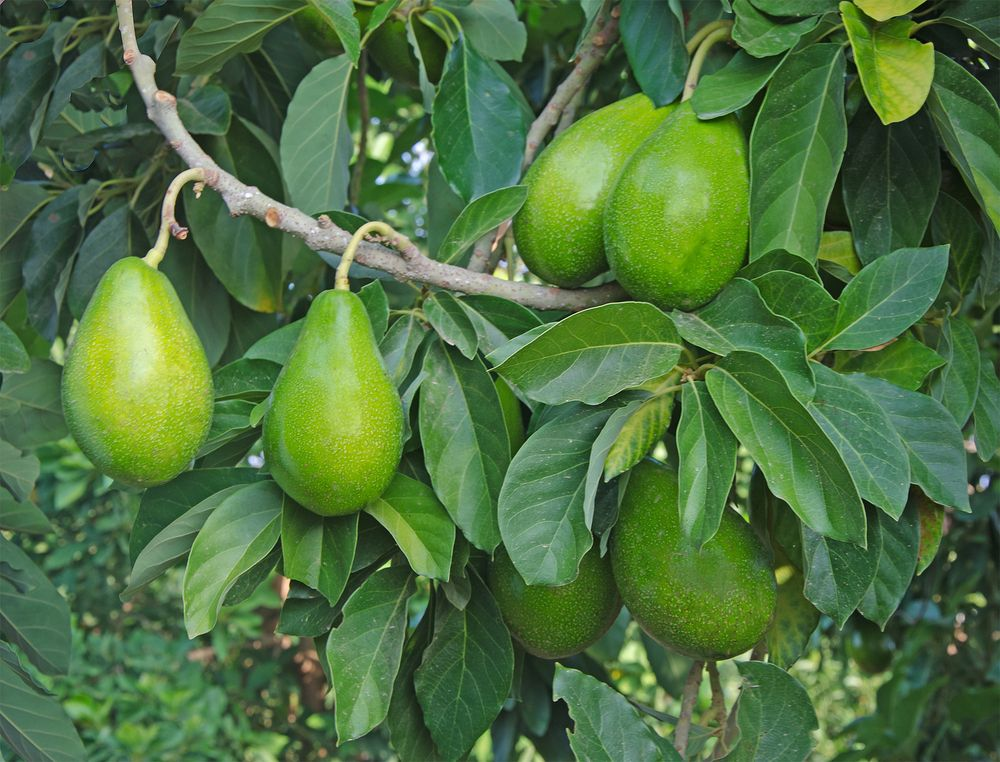
Yellow Leaves
- Cause: Often indicates overwatering, poor drainage, or nutrient deficiencies.
- Solution: Adjust watering schedule, improve drainage, or apply appropriate fertilizer based on soil test results.
Dropping Flowers
- Cause: Normal to some extent, but excessive drop may indicate stress, improper watering, or extreme temperatures.
- Solution: Ensure consistent watering, protect from temperature extremes, and maintain proper nutrition.
Slow Growth
- Cause: Insufficient light, improper fertilization, root restriction, or temperature stress.
- Solution: Move to a sunnier location, adjust fertilization schedule, repot if needed, or address temperature issues.
Conclusion
Growing avocados can be both rewarding and challenging. Whether you’re nurturing a seed into a houseplant, maintaining a container tree on your patio, or planting an orchard in your backyard, proper care and patience will yield results. While trees grown from seed make wonderful houseplants, remember that purchasing grafted trees from reputable nurseries will give you the fastest path to harvesting your own avocados.
By applying the techniques outlined in this guide and adapting them to your specific growing conditions, you’ll be well on your way to enjoying the satisfaction of growing your own avocados. The journey may be long, but the reward of harvesting your first homegrown avocado makes every effort worthwhile.
